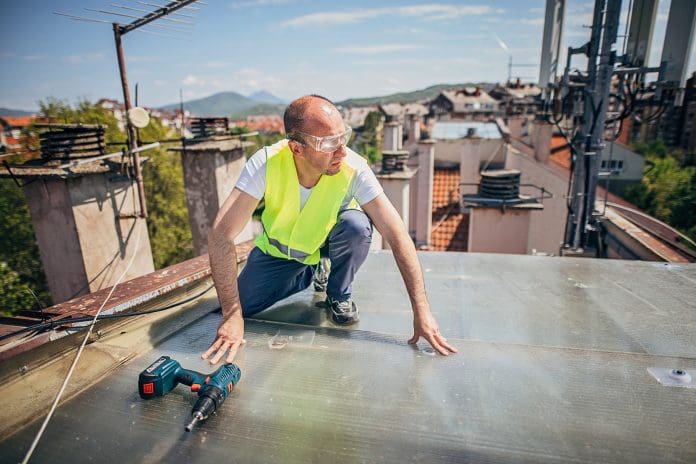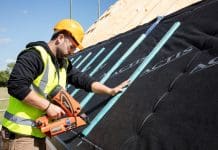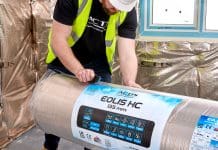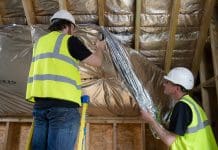In this article, Cookson’s Consultancy explores the four pillars of a watertight flat roof – from design to maintenance
When it comes to ensuring the watertight integrity of a flat roof, design is the first critical
pillar. A meticulously planned design is the foundation of a roof that can withstand the
elements.
The key aspects of the design process include establishing correct falls to ensure
efficient water drainage, thereby preventing ponding, which can lead to leaks or structural
damage.
Insulation thickness plays a crucial role in compliance with Part L of the Building
Regulations, which aim to improve thermal efficiency. This contributes to the building’s
energy efficiency and impacts the roof’s performance.
Adhering to relevant British Standards is non-negotiable. BS6229:2018 and BS5250:2021
provide comprehensive guidelines for flat roofing systems, focusing on minimising the risk of condensation and ensuring the roof’s longevity.
Ignoring these standards can lead to suboptimal design, resulting in a roof that fails to meet its intended lifespan.
Material selection is pivotal in the longevity of a flat roof
Choosing roofing materials from a reputable manufacturer is crucial. These manufacturers have the heritage and history to back up their guarantees, providing peace of mind and quality assurance.
The material must possess third-party accreditation, such as from the British Board of Agrément (BBA), ensuring it meets the highest quality, durability, and safety standards.
Additionally, selecting a manufacturer who is a member of relevant trade associations adds
an extra layer of credibility and trust.
Selecting a competent contractor for installation is essential
The third pillar, installation, is where design and material selection come to life. The
importance of selecting a competent contractor cannot be overstated.
Contractors who are members of the National Federation of Roofing Contractors (NFRC) or similar organisations demonstrate a commitment to meeting health and safety requirements and industry standards.
The contractor must be trained and approved by the manufacturer of the specified materials.
This ensures that the installation aligns with the unique specifications and requirements of
the materials used.
Equally important is the ongoing monitoring and inspection of the installation process, ideally by an independent source. This oversight ensures adherence to standards and identifies potential issues early, preventing costly repairs later.
Inspection and maintenance are the fourth and most crucial pillars
Inspection and maintenance are the fourth and most crucial pillars to ensure the roof’s
longevity.
Consistent inspection and maintenance of the roof are vital. According to the
manufacturer’s guarantee and British Standard BS6229:2018, the roof should be inspected
at least annually.
Regular inspections are crucial to identifying and addressing issues before they escalate into major problems. They ensure the roof continues to perform as expected, extend its
lifespan, and maintains its integrity.
In summary, a watertight flat roof relies on four essential pillars: thoughtful design, careful
material selection, skilled installation, and regular inspection and maintenance.
An independent roofing consultant can provide invaluable assistance at each stage, ensuring your flat roof is constructed and maintained to the highest standards, safeguarding your investment for years.














